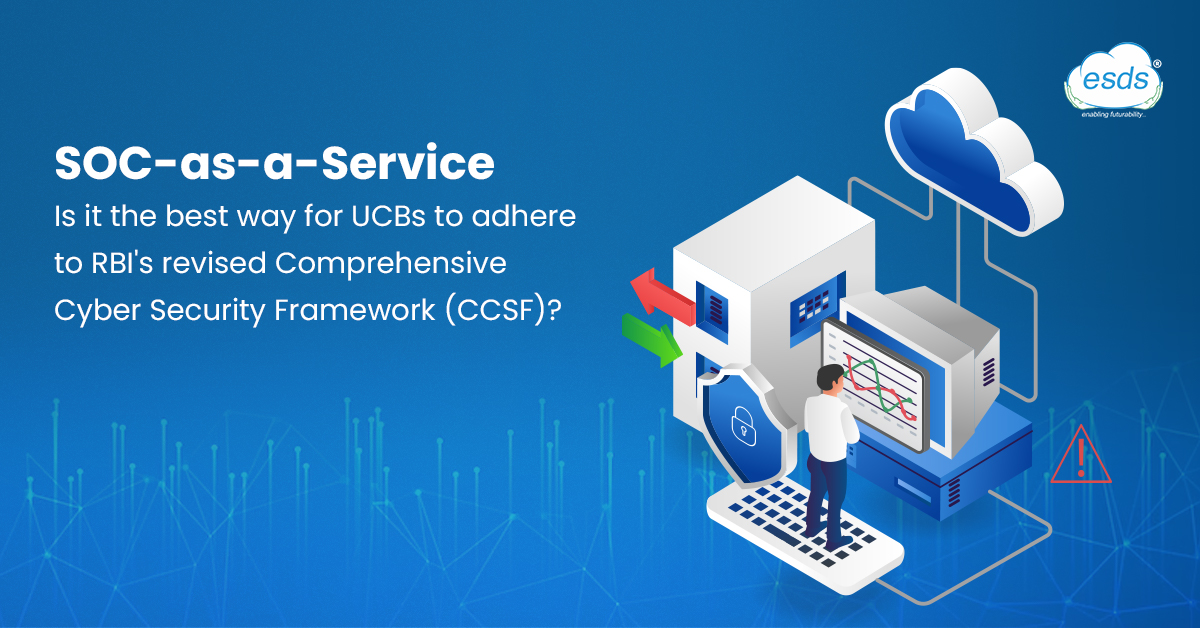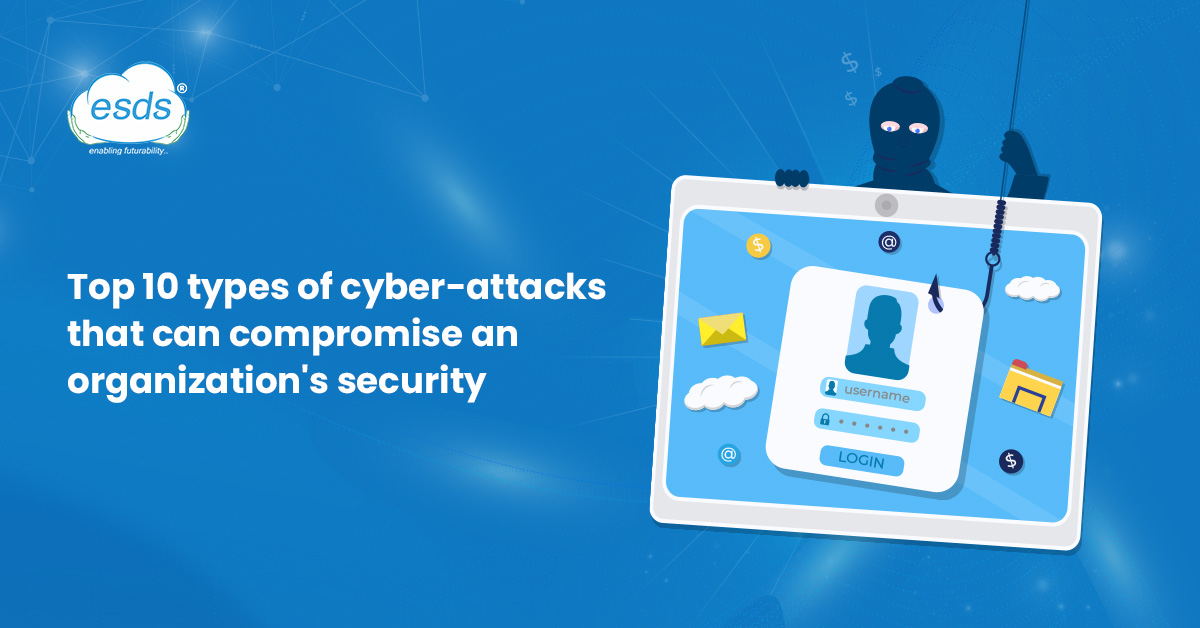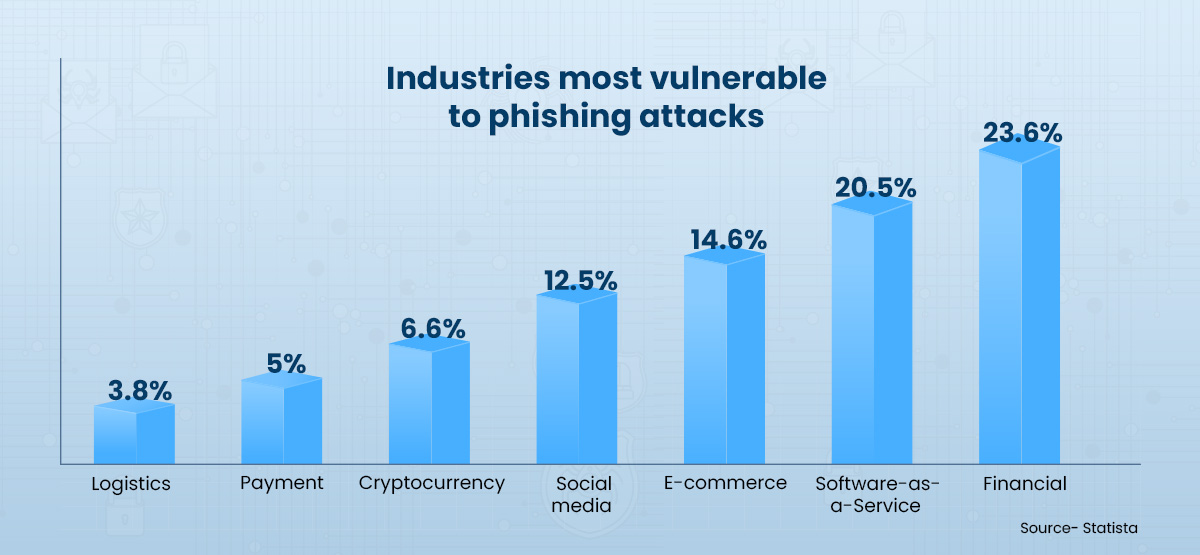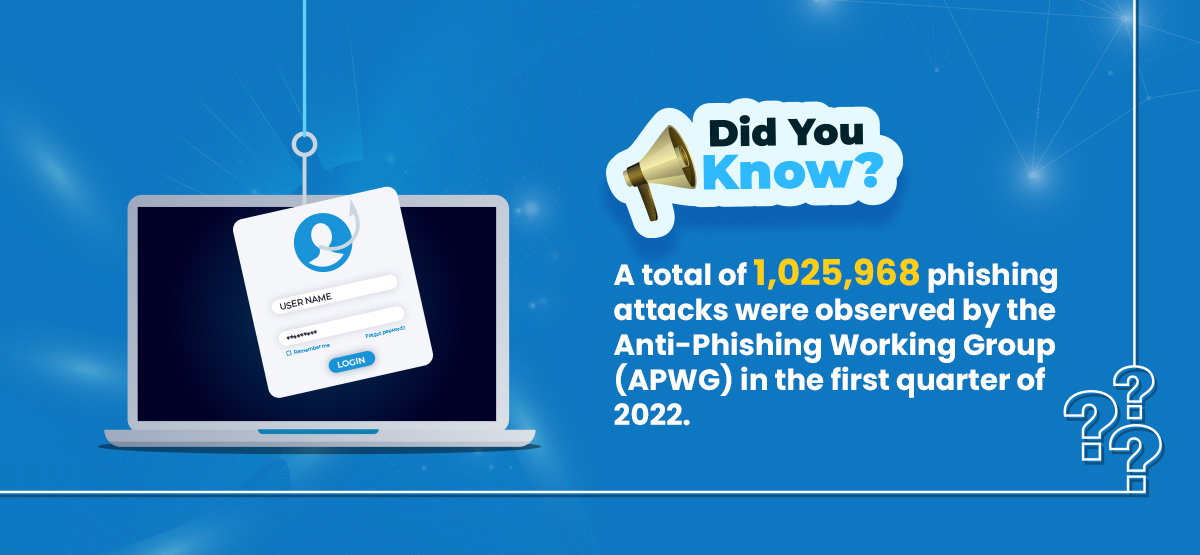The threat of cyberattacks and ransomware assaults has increased significantly as technology continues to permeate more and more aspects of our daily life. Therefore, any organization must have a cyber-incident response plan to defend against and respond to cyber threats.
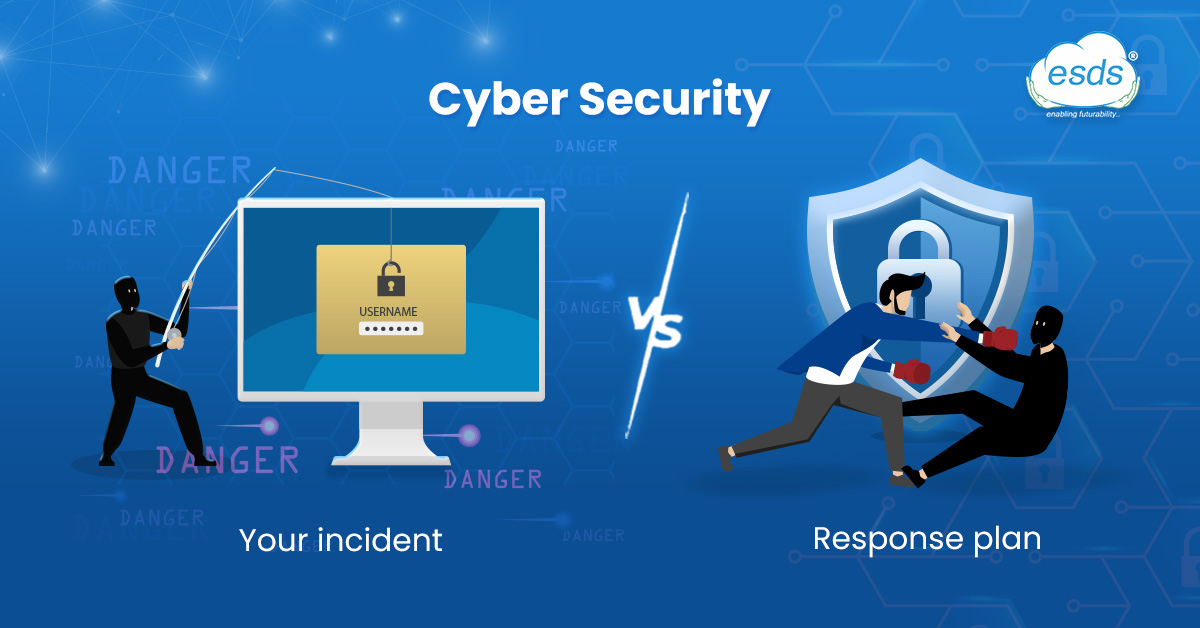
This manual will walk you through the crucial components of an efficient cyber incident response plan. We also discuss the six stages of a cyber-incident response plan based on NIST incident response guidelines. We’ll also demonstrate how to carry out this plan well and strengthen your incident response capabilities.
Critical Elements of a Cyber Incident Response Plan
We must reiterate right away that building cyber resilience takes time. It is insufficient to only have an efficient incident response plan. This strategy needs to be updated regularly to account for new risks.
Additionally, you may occasionally consult with outside cybersecurity experts to get their expert assessment of your preparedness for a cyberattack. They can also assist in updating your strategies and protocols. Finally, to determine just how vulnerable your organization is in the event of an incident, they can also help you conduct a thorough risk assessment.
Several important components should be present in a thorough cyber incident response plan, including:
- An organized team with defined tasks and responsibilities for responding to incidents.
- The incident response plan is routinely tested and trained. By doing so, it will be guaranteed that the plan would truly limit the harm that data breaches and/or ransomware attacks may do.
- Procedures for locating, stopping, stopping the spread of, analyzing, eradicating, and recovering from an incident.
- Plans for communicating the occurrence and its effects to stakeholders, including employees, clients, and customers.
- Knowing when to contact law enforcement and how to do so in case of a cybersecurity incident.
The steps to assess and modify the incident response strategy.
The NIST Computer Security Incident Handling Guide’s advice should be considered.
A CIRP should incorporate specific protocols for other incident types, such as malware, phishing, and natural catastrophes, in addition to these essential components.

